The Hidden Ontology:
Real-World Evolutionary Systems Concept as Key to Information Science
Wolfgang Hofkirchner
University of Salzburg, AUT
Introduction
Since the nature of the global challenges facing the system of world society is widely recognized to be complex and all encompassing, these challenges must be approached in a complex and all-encompassing way (Mainzer, 1994). After centuries of predominance of the analytical ratio—that is, the modern, western-controlled (natural) sciences—critics like to call for a paradigm change in academic thinking in the direction of a synthetic overall view. However, this integrative view of what can be perceived by human intelligence does not need to, indeed must not, be a return to the pre-modern vision of the speculative natural philosophy of antiquity. Rather, it can and must assimilate the knowledge gained from research in all disciplines in a historical process that rises from the abstract to the concrete. That is what philosophers aim at when they want science to revisit the ideas of the enlightenment with reason as a guide (see, e.g., Schäfer, 1993).
Although the split into a number of disciplines that are both estranged and deaf to each other is still an obstacle to this development, the urge to transcend the barriers between the disciplines, the trend toward trans-disciplinarity, and the search for a base of understanding between the domains of science have been growing. What is known as “sciences of complexity,” “theories of dynamic, open, nonlinear systems,” “second-order cybernetics,” or “self-organization theories” is one element, if not the core, of this overall shift (Laszlo, 1996).
The goal is therefore the compatibility of all theories in the field of science and the generalization of their results—without, however, the benefit of a paradigm change in those disciplines that are concerned in one way or another with information processes, that is, cognition, communication, and cooperation processes in and outside of society. There is no general theory of information that deserves the name. Nonetheless, a discipline that is based on a unified concept of information is about to take shape in order to enable us to cope with the challenges facing the emerging information societies on a global scale.
While at the end of the Second World War the concept of information was still seen largely from a limited and one-sided military point of view, scientific debate on the topic has since been dominated by attempts to move away from these limitations and adopt a different perspective. Semiotic considerations entered the discourse. Shannon's syntactic definition was thus followed by attempts to formulate a semantically based concept (most notably by Carnap & Bar-Hillel, 1964) and a pragmatically based concept (with von Weizsäcker, 1974, as its most prominent proponent). Since then there has been a search for a concept that is able to integrate the various aspects of information processes, include useful discoveries owed to the old concept as special cases, and develop the old information theory into a new, universal theory.
Thus, conceptualizations dating from the second half of the 1980s mark the beginning a new period. These are:
- The hypothesis of the control revolution with which James R. Beniger (1986) draws parallels between the breakthrough to the information society and former revolutions in the course of the development of life on Earth and human culture.
- The hypothesis of the evolution of information-processing systems put forward by Klaus Haefner (1992), which regards the information society as the end product of the evolution of systems we know in the universe capable of generating ever higher information levels.
These two outstanding contributions are the initial steps toward a single comprehensive information science.
Such a science—the term used hitherto to signify only library science is hereby redefined—is, in fact, the point where endeavors of scholars of various disciplines from Europe, the US, Japan, and other countries have been converging since the early 1990s. A series of conferences and publications on the foundations of information science has documented and presented this impending paradigm change to the scientific community (e.g., Hofkirchner, 1999b).
Every scientific enterprise serves a particular purpose, pursues research in a particular area, and does so by applying a particular approach (Hofkirchner, 1999c). An information science based on a unified theory of information:
- would likewise aim at contributing to what generally is called sustainable development of the global information society by means of “reengineering” the information infrastructure,
- which is in keeping with true insights into how information is generated in cognitive, communicative and cooperative processes, in economic, political, cultural, environmental, and technological subsystems of society,
- which must be gained by transdisciplinary methods.
The focus of this article will be on what is deemed to be a prerequisite for a unified theory of information as well as for the shift toward a synthetic world view. It is located at the second level and relates to how information generation is assumed in the context of causality and determinism. Since this assumption deals with the object of the investigation and its mode of existence, it is an ontological one, and the discussion of this assumption will be an ontological one.
THE ONTOLOGICAL ASPECT OF EMERGENTISM
WAYSOF THINKING
Every philosophy has an ethical part, an ontological one, and an epistemological one. So does emergentist philosophy—the philosophy of emergence, that is, the appearance of novelty or features at a macro level that do not exist at the respective micro level.
From any perspective—be it that of ethics, theoretical reflections on the devising of guidelines for action, or that of ontology, theoretical reflections on assumptions about the nature of the real world, or that of epistemology, theoretical reflections on the employment of instruments to gain knowledge—there are, in terms of ideal types, several ways of considering how to handle identity and difference:
- One establishes identity by eliminating the difference.
- Another eliminates identity by establishing the difference.
- A last one establishes identity as well as the difference.
Regarding identity and difference while approaching complexity, the question arises as to how less complex problems (ethical aspect) or less complex objects (ontological aspect) or less complex phenomena (epistemological aspect) do relate to more complex problems, objects, or phenomena. Therefore, we can distinguish between four ways of thinking:
- One that establishes identity by eliminating the difference for the benefit of the less complex side of the difference. It reduces “higher complexity” to “lower complexity.” This is known as reductionism.
- A second that establishes identity by eliminating the difference for the benefit of the more complex side of the difference. It takes the “higher” level of complexity as its point of departure and extrapolates or projects from there to the “lower” level. This is the opposite of reductionism and might be called “the projecting view.”
- A third that eliminates identity by establishing the difference for the sake of each manifestation of complexity in its own right. It abandons all relationships between all of them by treating them as disjunctive. This is opposed to reductionism as well as to the projecting view and could be called “the disjunctive view.”
- A fourth that establishes identity as well as difference, favoring neither of the manifestations of complexity. It integrates “lower” and “higher complexity” by establishing a relationship between them that is characterized by three criteria: Both sides of the relationship are opposed to each other; they depend on each other; and they are asymmetrical. When all these criteria are met the relationship is usually called “dialectic” (Hofkirchner, 1998a). This approach opposes reductionism, the projecting view, and the disjunctive one. It will be called “the dialectical-integrative view.”
As the focus here is on the ontological aspect, the manifestations of varying complexity in the object domain of the real world are, on the one hand, processes (events) and, on the other, structures like entities (things), properties (of entities), and relations (between entities). This is due to the attribution of diachronism and synchronism to reality; that is, reality is assumed to display a dual character, an evolutionary and systemic one. The evolutionary character is assumed in the coming into being of something new (or the senescence of something old), the systemic character in the existence of wholes (or parts of wholes). This corresponds to what is called diachronic versus synchronic emergentism (Stephan, 2000). Since the less complex can be identified with the old or the parts and the more complex with the new or the whole, the ontological question is what relationship there is between the old and the new or the parts and the whole.
The answers depend on how causality and determinism are conceived:
- One side of the relationship may be assigned the role of the cause and the other side the role of the effect. If cause and effect are related in such a way that each cause is related to one, and only one, effect, determinism is held to be complete (see Heylighen, 1990). The cause represents the sufficient condition and the effect represents the necessary resultant. This view is considered to be that of strict determinism.
- Denying that effects are caused and that therefore there is no sense in ascribing cause-effect roles to the sides in question is indeterminism.
- Attributing cause-effect roles, but doing so without coupling them unambiguously so as to let causes have different effects or effects have different causes (see again Heylighen, 1990), leads to the following conclusion: Causes provide necessary but not sufficient conditions for the effects that, in turn, do not necessarily result from them, but are only triggered to “emerge.” This is neither strict determinism nor indeterminism, but a less than strict determinism.
This having been said, we are ready to categorize the four ways of thinking about causal relations in real-world evolution and real-world systems (see Table 1):
- Mechanism is the ideal toward which mainstream thinking in the (natural) sciences tends. This is materialism in that it denies ideal causes. All phenomena are explained by reducing effects to causes that are sufficient to produce those effects. As to the evolutionary character of the world, the new is completely determined by the old so that there is nothing new at all. Evolution is understood as the unwrapping of something that is already there before it is unwrapped. Preformationists claim just that. As to the systemic character of the world, the whole is completely determined by its parts. There is no whole that is “more than the sum” of its parts. The world is explained by summarizing all its parts. This may be called atomism.
- The opposite of the mechanistic view is idealistic determinism. This determinism may be as strict as that of mechanism; the difference is that the causes do have an idealistic element. Some of the humanities tend to be biased this way. Evolution of whatever is said to evolve seems to be strictly governed by a telos that determines current developments by the projection of a future reality. This is called teleology. Moreover, systems seem to exert a strong pressure by way of downward causation on their elements; the wholes, on the other hand, do not depend on their parts. This is called holism.
- The opposite of both materialistic mechanism and idealistic determinism is (idealistic) indeterminism. From this perspective the world is heterogeneous and fragmented, and it falls apart in disjunctive sets; old and new do not depend on each other, neither do parts and wholes. Evolution is as undetermined and history as open as the order and the logic of the structure.
- Integrating old and new as well as parts and the whole is opposed to all three views discussed above. Diachronous emergentism holds that the old is only the necessary condition for the new, that is, the new cannot come into existence unless the old provides the preconditions for the start of the new. However, the new is not completely determined by the old. There is a degree of freedom in the new that cannot be reduced. Analogously, synchronous emergentism holds that the parts are only the necessary condition for the whole, that is, without parts there is no whole, but the parts alone do not necessitate the existence of the whole. The whole, however, is not completely determined by its parts; an irreducible degree of freedom resides in the whole. In so far as emergentism establishes an asymmetrical relation between interdependent opposites in order to allow for qualitative leaps, it is dialectic.
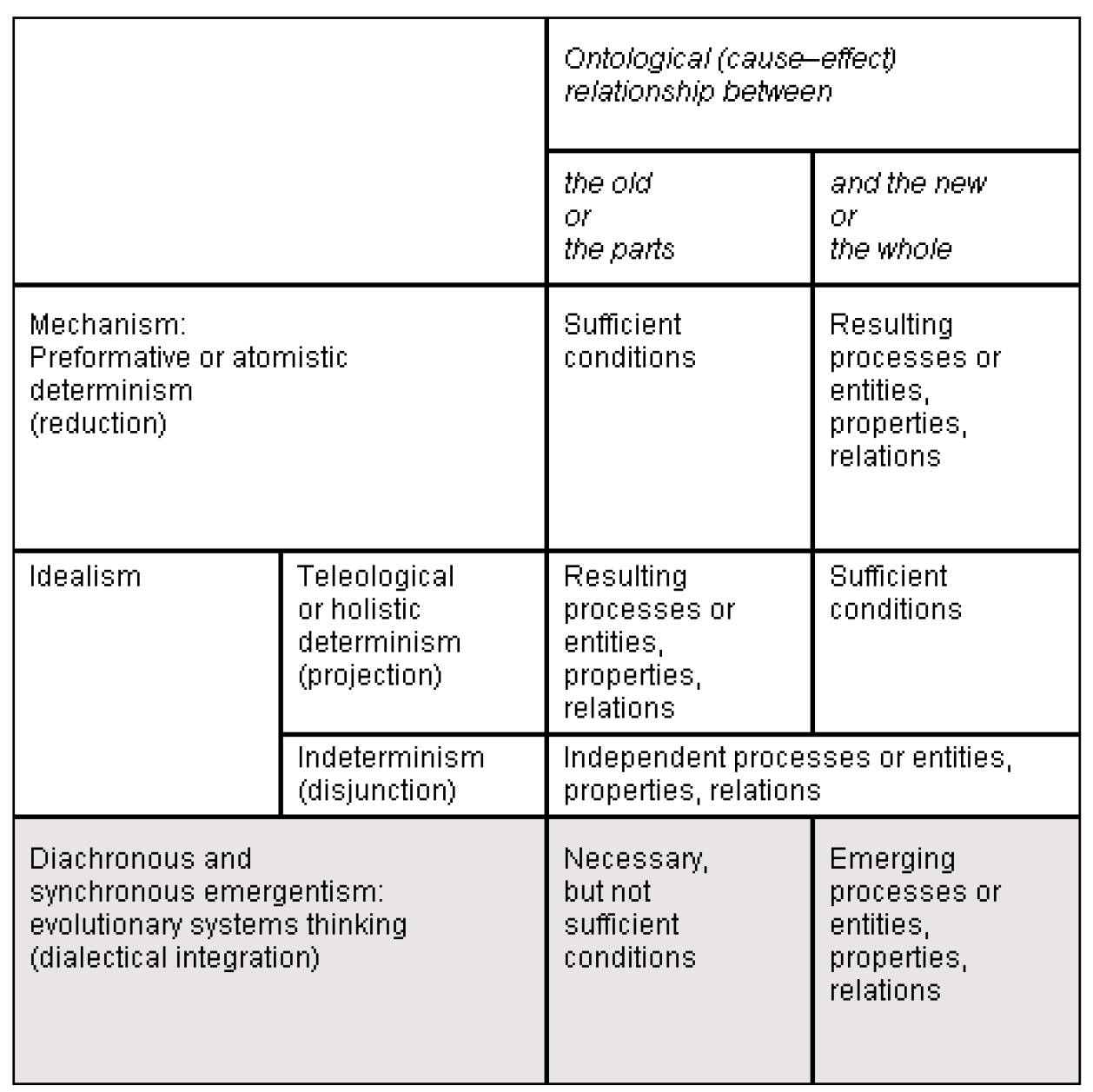
Table 1 Ways of thinking in ontology
LESS THAN STRICT DETERMINISM VERSUS MECHANISM AND IDEALISM
Genuine emergentist philosophy is the approach that real-world evolutionary systems theory requires.
As science unravels the natural world, strict determinism describes systems at or near thermodynamic/chemical equilibrium only. It does not hold for systems exposed to fields in which the uneven distribution of energy flux density exceeds a critical level. Such field potentials force energy to flow in nonlinear and interdependent ways. It is here that the systems demonstrate self-organization, that is, the build-up of order out of fluctuations via dissipation of entropy as Prigogine (1980) discovered. A touch of indeterminism enters causal relationships that involve selforganizing systems, for the systems themselves select one of the several possible ways to react. Thus, an ontological quality gap remains between cause and effect that cannot be bridged by epistemological prostheses.
In strictly determined events, mechanisms are at work that necessitate the transformation of particular causes into particular effects (see Figure 1—the objects O1 and O2 may depict one and the same object at different points of time or two different objects at the same point of time; Robert Rosen, 1991, has drawn a similar figure to illustrate the so-called model relation). Here causa aequat effectum or actio est reactio, as Newton's dictum may be interpreted (Fleissner & Hofkirchner, 1997). In this case, and only in this case, methods of mental transformation apply that unequivocally lead from a model of the cause to the model of the effect. These intellectual methods are provided by the formal sciences like formal logic, mathematics, or computer science; they involve the deduction of a conclusion from its premises or the calculation of a result or a computer operation (for the intimate connexion between mechanisms and formalisms see Krämer, 1988).
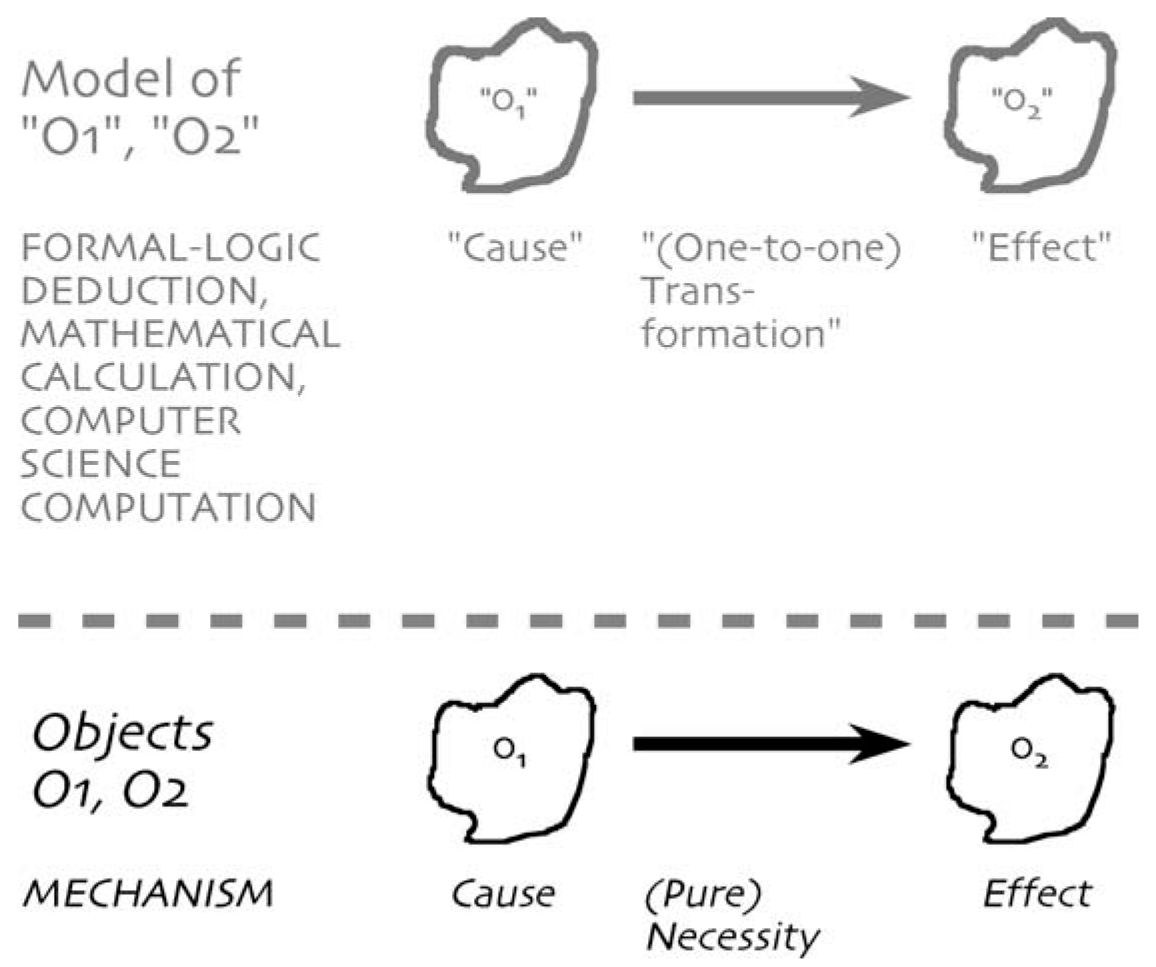
Figure 1 Mental reflection of completely determined events
In events that are not strictly determined, as is the case in self-organizing systems, the effect is not predictable because it is the system that intervenes in the chain of cause and effect and introduces a degree of freedom that cannot be forced into a single alternative (see Figure 2). The effect is emergent, promoted by the self-organization of the system, and it produces something new or some whole. Thus, causa non aequat effectum, actio non est reactio.
In this case formal science runs short of methods that perform transformations that are not of the one-to-one type. What is needed is reasoning beyond formal reasoning. If the objective relationship seems to be nonmechanical here—that is, dialectic—then nonformal—that is, dialectical—reasoning seems to be an adequate intellectual approach (see Hofkirchner, 1998a). However, dialectical reasoning, since it does not lead to clearcut explanations, does not provide clearcut predictions either.
It is worth stressing the difference between ontological and epistemological argumentation, since this may not always seem obvious. Second-order cybernetics, for instance, concentrates on epistemological reasoning when it deals with self-organization.
Heinz von Foerster is known for his distinction between trivial and nontrivial systems, that is, systems that do not organize themselves and
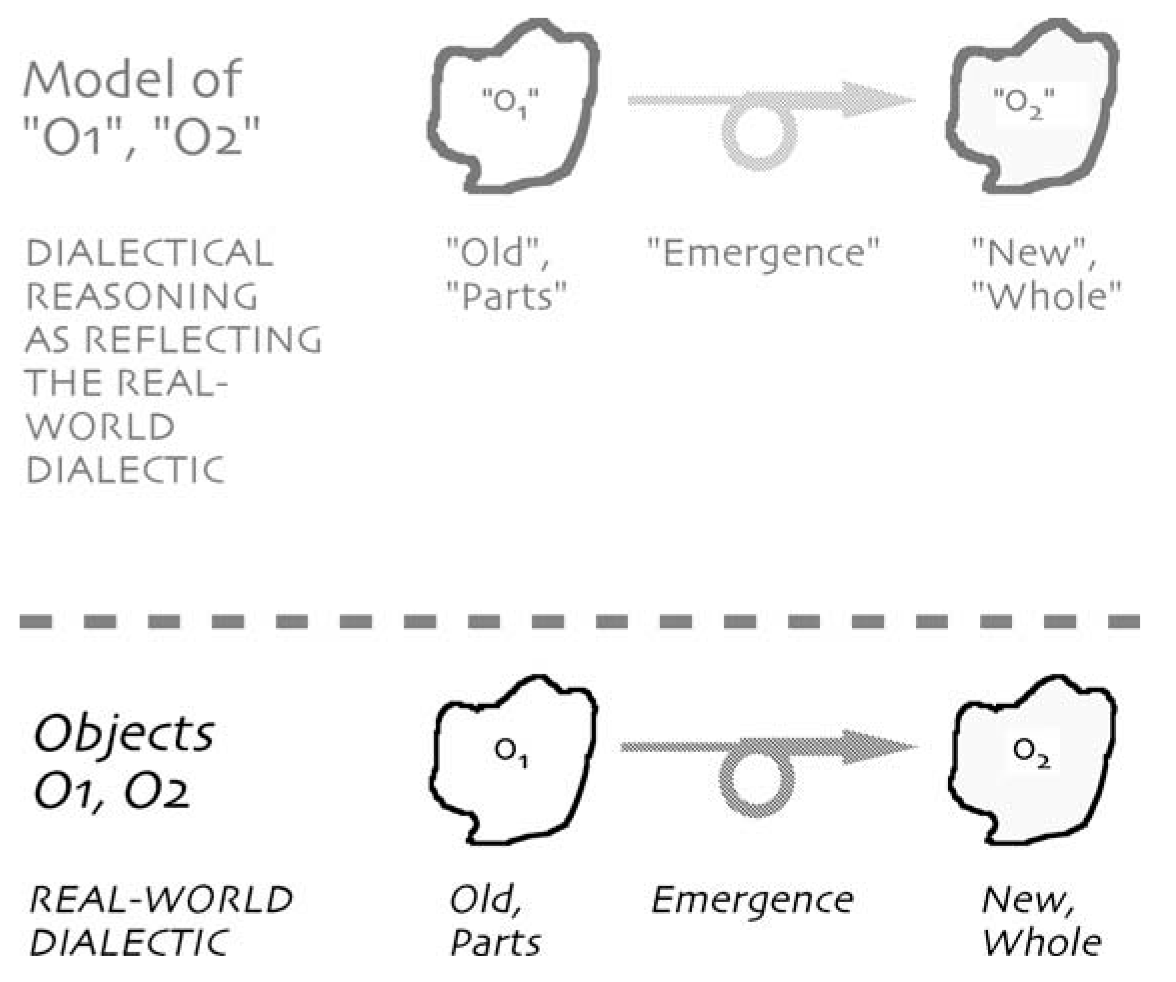
Figure 2 Mental reflection of incompletely determined events
self-organizing systems. A trivial system transforms an input x into an output y via an invariable relationship f, so that “a y once observed for a given x will be the same for the same given x later.” The function f is said to be determined analytically, that is, an observer “simply has to record for each given x the corresponding y” (Foerster, 1984: 9, 10).
A nontrivial system differs from a trivial one in that “a response once observed for a given stimulus may not be the same for the same stimulus given later,” due to the fact that it has at least one internal state z “whose values co-determine its input-output relation (x, y). Moreover, the relationship between the present and subsequent internal states (z, z′) is codetermined by the inputs (x)” (Foerster, 1984: 10).
According to Foerster, a nontrivial system is nontrivial only because the observer is faced with a nontrivial problem when trying to find out how the system works. Ontologically, however, there is no difference between trivial and nontrivial systems. Both kinds of system can behave strictly deterministically. Once the mechanism of the function fy and fz of a nontrivial system is fixed, its output y, given an input x, is unambiguously determined (Hügin, 1996: 128). Thus, Foerster's hidden ontology turns out to be mechanistic.
This approach fails because it assumes that the causal relations in the universe are as compellingly interconnected as are the logical and mathematical relations in our minds.
It is clear that the application of particular methods depends on the field of study. If there are clear-cut causal relations in the field of study, it is promising to look for them with cognitive methods; if there are none, however, cognitive methods must be satisfied with less than completely determining causes.
Incomplete (less than strict) determinism means the acceptance of the existence of more flexible causal relations, as well as rigid mechanical cause-and-effect relations. This is due to the fact that self-organizing systems are not completely fixed in their development. The alternatives with which such systems are continually faced and the choices they must make prove it. Evolution occurs when particular developments that these systems undergo irreversibly accumulate.
A STAGE CONCEPT OF SYSTEMIC EVOLUTION
Emergentist philosophy provides the basis for the merger of evolutionary and system concepts to produce a new theory of evolutionary systems.
As we suggested above, emergence has diachronous as well as synchronous aspects. In the literature they are usually referred to as separate specification and scalar hierarchies, among others (Salthe, 1996). However, it can be shown that both hierarchies under certain circumstances are only two sides of the same coin. A stage concept of systemic evolution may reconcile them.
The diachronous aspect of emergence refers to evolutionary development paths where processes of self-organization show so-called metasystem transitions (Heylighen, n.d.). In the course of evolution one system is linked to another—the old to the new—by emergence, that is, the first gives rise to the second and disappears (see Figure 3). Emergence as the forward loop of self-organization cycles brings about the change from one system in one phase of evolution to another system in another phase. Emergence moves the historical sequence of the systems.
The synchronous aspect of emergence is applied to nested hierarchies of systems in which processes of self-organization take place. The upward process links a system unit to a super-system unit by emergence, that is, new features appear at the level of the respective super-system unit by virtue of activities at the level of the respective system unit. This kind of emergence is accompanied by a downward process. This downward process is a sort of domination or assertion of superiority. In this way the super-system level both enables and constrains activities at the lower system level (see Figure 4). The levels in question may also be referred to as system and subsystem levels. Emergence as an upward loop of self-organization cycles effects the progression from one system level to a higher system level in encapsulated systems. Emergence thus propels the structural build-up of systems.

Figure 3 Self-organization cycles mediate between system phases
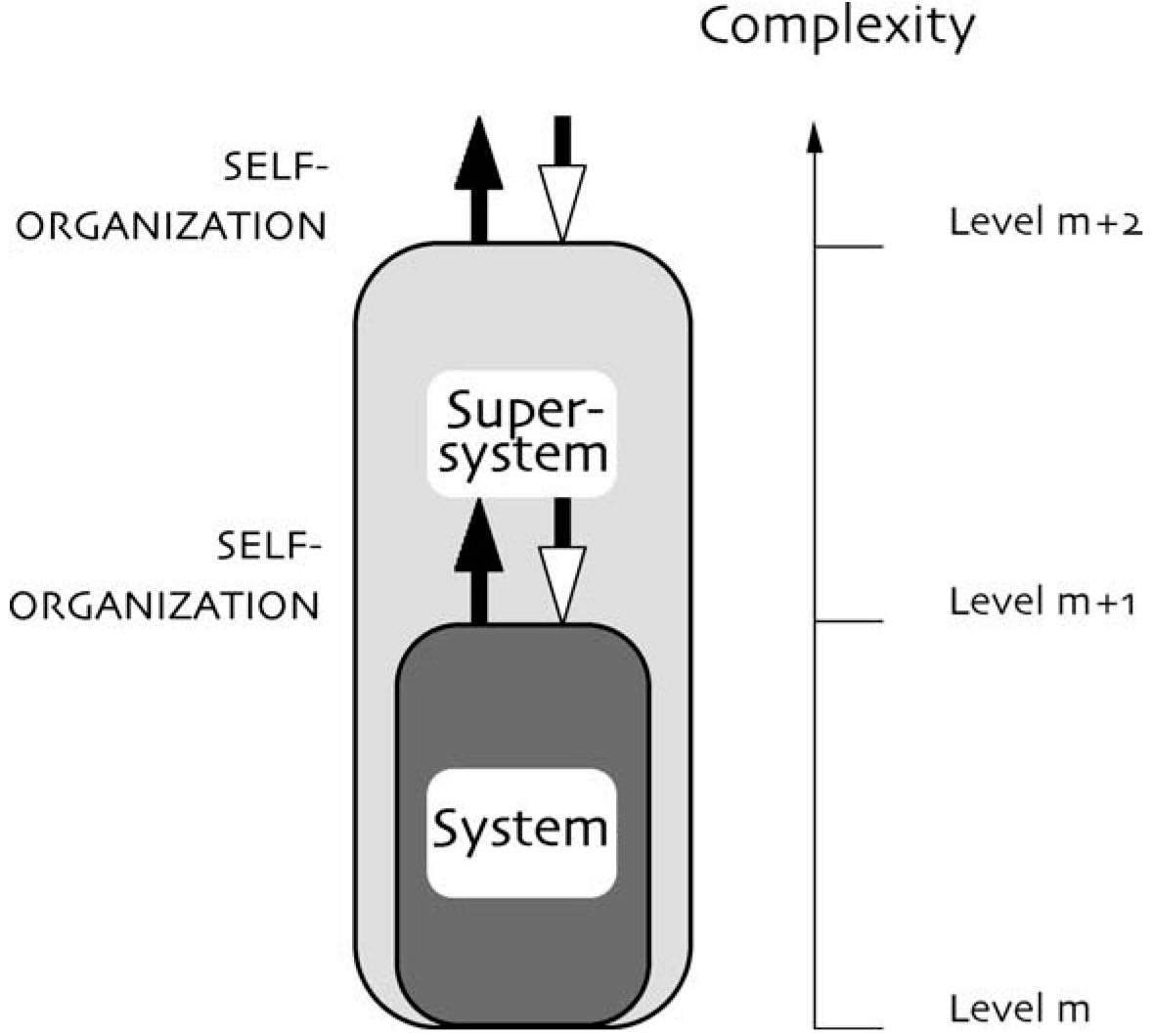
Figure 4 Self-organization cycles mediate between system levels
The clue is that both meanings of emergence can be brought together, in so far as systems that produce other systems in diachronous processes do so by interlocking their behavior, that is, by coherent interactions. The new system has a hierarchical character enabling synchronous processes between the two levels, that is, meta-systems turn out to be supersystems in which the systems that diachronously constitute the new holistic entity are in the Hegelian sense synchronously “sublated” (aufgehoben) as constituent parts. Thus, a stage model combining both so-called specification and scalar hierarchies can be sketched (see Figure 5).
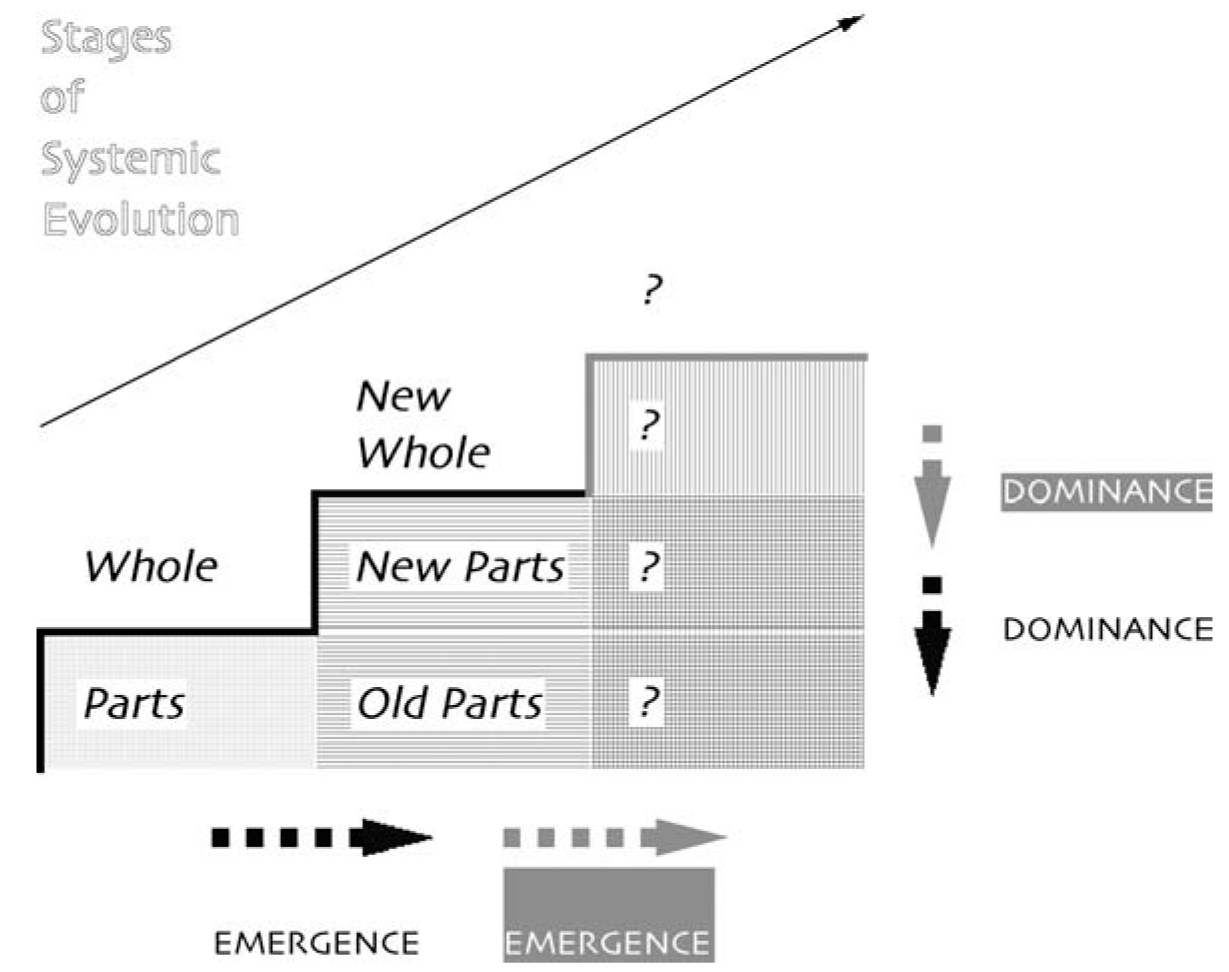
Figure 5 Systems in evolution
This is a phase model and a layer model in one. The dimension left to right represents the synchronous aspects, the dimension bottom to top the diachronous ones. The shift from one phase to a subsequent phase is tantamount to a shift to one more layer. The new system includes this additional layer. It encapsulates what previously were autonomous systems as subsystems and shapes them to reflect the dominance relation. However, the newly formed system will always depend on the functioning of its subsystems. When they cease to support the system, it will break down. Emergence brings forth new systems and also maintains their build-up.
An as yet-to-be-developed theory of evolutionary systems will show reality to be the totality of the systems that have given rise to one another, continue to influence each other, and remain in a state of continual development. From this perspective of systemic evolution, the world may be understood as a system of systems that organizes itself, that is, that created itself and continues to develop itself. The systems have subordinate subsystems and are themselves components of higher-level systems. Together they form a layered structure in which the systems that arose at later stages of the evolutionary process are found at higher levels, just as the older systems are found at lower levels. The higher levels of the systems rest on the lower ones both structurally and as processes; the lower ones allow for further development at the same level and (when the performance of system-specific functions there reaches its limit) the higher organization of the systems at the next level may or may not be realized by the systems. The lower levels form quasi-potential preliminary stages for higher-level development, but they do not determine the development at the higher level in detail.
CORNERSTONES OF AN INFORMATION CONCEPT BASED ON EMERGENTIST ONTOLOGY
The core of a unified theory of information has to be formed by a concept of information that is flexible enough to perform two functions. It must relate to the most varied manifestations of information in order to enable all scientific disciplines to use a common concept; at the same time, it must be precise enough to fit the unique requirements of each individual branch of science. Thus, a term is needed that combines both the general and the specific—the general rules for each form of information and the specific characteristics that make different types of information distinct from each other. This concept of information will save research from what elsewhere has been called Capurro's trilemma (see Capurro, Fleissner, & Hofkirchner, 1999), that is, from reverting to reductionism or postulating holistic/dualistic positions that exaggerate the differences between qualities.
Since information is a complex phenomenon and since emergentist philosophy proves to be the most appropriate way to approach complexity, a solution is sought that bases all considerations about information on the philosophy of emergence. Of great significance here is that there are consequences regarding the causal relationships in information processes and also regarding the evolutionary threads and systemic ties of information processes.
First, according to the less than strict determinism put forward by the ontology of the emergentist philosophy, the generation of information is seen as a process that (like self-organization of and within evolutionary systems) combines deterministic with indeterministic elements.
In fact, there seems to be a coincidence between self-organization and information (semiosis and signs). One can speak of information in a situation where the deterministic nexus between cause and effect is open. A system's own activity comes into play. Cause becomes the mere trigger of self-defined processes in the system. The final result is a change in the system's expression. The system makes a decision and an option is realized by way of an irreducible choice. Information is therefore every process (and every outcome of a process) where within a system an excessive effect over and above the external causation is due to the system itself and where the system changes its behavior, its state, or its structure (Fenzl et al., 1996).
In so far as in each self-organizing process the activity that is performed by the system in its own way is nevertheless triggered by an input originating outside the system (a physical change, a change of the control parameter to a critical value or beyond), each self-organizing process establishes relations that are categorized as informational (semiotic), that is, relations between the external triggers, the system itself, and its activities (including the products of these activities). In semiotic terms, there is something that is signified (the object)—the trigger—there is something to which this signified is of significance (the “interpreter” that produces an interpretant)—the system—and there is something that stands for the signified (the representamen)—the way the system acts—which altogether, according to Charles S. Peirce (1983, 2000) and his school of semiotics suffice to constitute a sign (see Figure 6). The essential point to grasp here is that a difference in the umwelt does make a difference to the self-organizing system itself (as Gregory Bateson, 1981, defined information) and that it is this system that interprets the difference in the umwelt by virtue of its own activity.
Information in self-organizing systems may, therefore, be defined as follows. The system creates the effect in the process of self-organization by forming, remodeling, and reforming itself. The system assumes a form (a particular one and no other) and discards the old one, that is, it in-forms itself. The external event that initiates the self-organization process simultaneously provides the signal to trigger the information process.
In so far as the system selects one of a number of possible responses to a causal event in its environment, in so far as it shows preference for
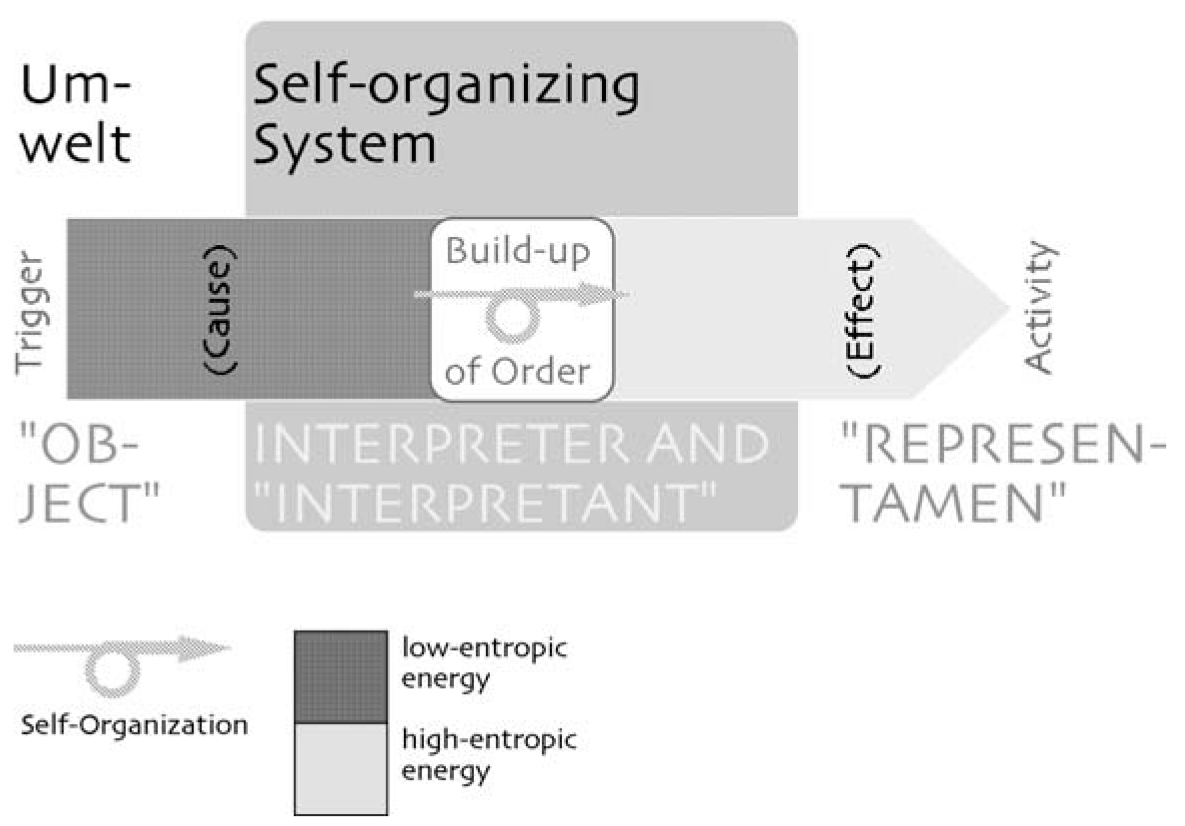
Figure 6 Semiosis in evolutionary systems
the particular option it chooses to realize over a number of other options, in so far as it decides to discriminate—in so far does self-organization stand at beginning of all information. For the decision to discriminate, to distinguish, is nothing less than the generation of information.
In this context it seems sensible to use the terms “information” and “sign” as well as “information process” and “semiosis” interchangeably.
There are other current attempts at integrating the semiotics of Peirce with modern evolutionary thought and modern systems thinking (e.g., Brier, 1999; the Danish school of biosemiotics with Emmeche, 1998, and Hoffmeyer, 1996; and Taborsky, 2001). This does not come as a surprise, as Peirce himself was an evolutionary thinker owing tribute to a kind of systemicity of reality (see Hausman, 1993). These efforts will be dealt with on another occasion.
Information generation is not a mechanical process that can be formalized, expressed by a mathematical function, or carried out by a computer. On the contrary, information generation is a process that allows novelty to emerge.
Secondly, dialectical integration of diachronism and synchronism in emergentist ontology require that the generation of information, especially when coupled to self-organization processes, will have to advance in particular stages. Different types of information will have to be related to, if not derived from, different types of self-organizing systems.
On the one hand, semiosis does have a history of evolving sign processes. Every one of the different sign processes builds on a previous stage and may, in turn, provide the preparatory stage for a subsequent sign process. It is via leaps of self-organization that particular semiosis processes unfold one after another to build consecutive cones of information-generation types (see Figure 7). Each cone limits the options allowed by the previous cone. It narrows the bandwidth of the previous cone, but it also enriches reality—that is, the equivalent of a variety of realized cones—by adding new realizations of options to those already provided by the previous cone.

Figure 7 The development of semiosis from one type of evolutionary system to the next one
In this way, semiotic research can attempt to align processes reaching from the most sophisticated type of known human system back to less sophisticated ones in nonhuman living systems, and further back to rudimentary ones in nonliving natural systems. For instance, pattern formation can be viewed as the most rudimentary form of semiosis that in a particular phase of the evolution of self-organizing systems when life had not yet emerged provided the basis for further development of more sophisticated types of information generation in phases to come (as proposed in Hofkirchner, 1998b). The heuristics of assuming an evolutionary line of development, however, is open to draw distinctions wherever they seem adequate.
On the other hand, every semiosis characteristic of a particular type of evolutionary system differs in its sophistication as to the levels of self-organization it comprises. That is, the more levels a system comprises, the more sophisticated is its information generation. The levels are connected by bottom-up processes or top-down processes, which manifest the emergent or dominant features of the self-organization dialectic (see Figure 8). Higher levels depend on lower ones, but are not completely determined by them, and higher levels dominate the lower ones, but do not completely determine them. Both higher and lower levels have additional individual features. Levels give rise to the next higher level and, mediated by this level, to the level above. A particular level sheds its light on the level below and through this level on the level below that.
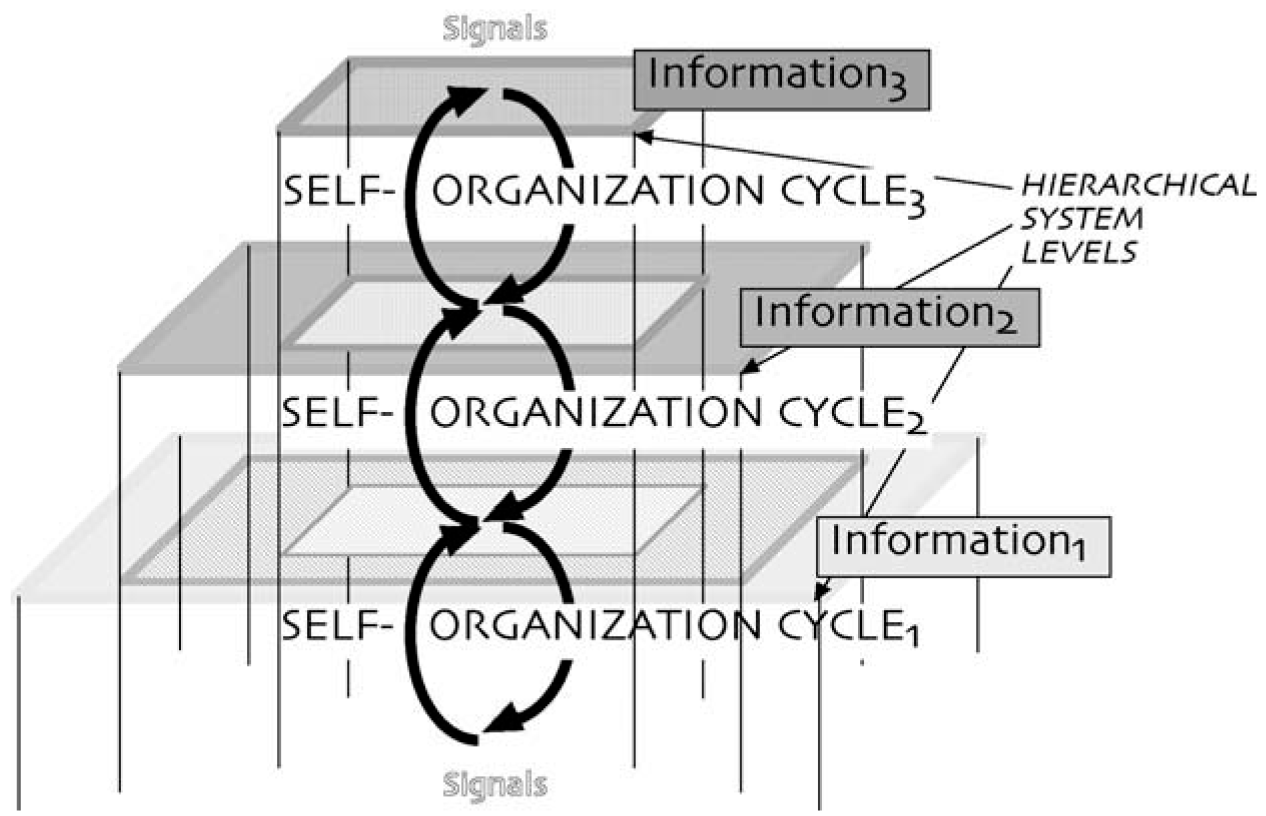
Figure 8 The structure of semiosis in one type of evolutionary system
In this way, research in information science, be it cognitive science, communication theory, cooperative investigations, or any other, relates different qualities of particular information to cycles of opposing, interdependent, and asymmetrical elements of information processes that link adjacent information levels. For instance, human cognition can be seen as an information process. It gathers data in a perception process that is composed of a conceptive and a receptive process as a bottom-up and a top-down loop of a self-organization cycle. This self-organization cycle leads to a first level and proceeds to acquire knowledge in an interpretation process involving two contrary movements with introjective and projective features. This interpretation process leads to a second, intermediate level, where a prescriptive/descriptive cycle starts to effect an evaluation and decision-making process. The information process finally ends up at a third level, where wisdom may be acquired (as proposed in Hofkirchner, 1999a).
However, the heuristics of producing different qualities of information (like data, knowledge, and wisdom in this example) via leaps of self-organization is open to the conception of levels and of processes other than those described above.
CONCLUSION
I have attempted to show that without addressing ontological questions, it is difficult, if not impossible, to arrive at an understanding of information phenomena that is capable of providing a single comprehensive concept required for a unified theory of information.
Such a concept has to take into account that information phenomena are neither completely determined by their causes nor completely indeterminate. In particular, it is argued that eliminating mechanistic and idealistic ontologies is of great importance, because only a nonmechanistic and nonidealistic ontology can suggest evolutionary processes and systemic structures that are neither purely deterministic nor purely indeterministic—an ontology that is called emergentism. Selforganization theories incline toward an emergentist ontology. Ontologies, however, are often hidden or not explicitly expressed. It was shown that even theories of self-organization like Heinz von Foerster's second-order cybernetics may unwittingly bear a nonemergentist ontology.
It was further shown that to deal with information phenomena on the basis of an emergentist ontology does make a difference. On the one hand, diachronous emergentist thinking will explain the evolutionary sequence of different information-generating systems that is brought forth by different self-organization spirals in the form of meta-system transitions. On the other hand, synchronous emergentist thinking will illuminate the systemic build-up of information generation in which self-organization cycles, consisting of a bottom-up part and a top-down part, mediate between different levels of the system in question and hence constitute distinct types of information processes.
I believe I have shown as well that an evolutionary systems ontology offers quite suitable anchors for locking in Peircean semiotic concepts. Therefore the attempt to combine semiotics with systems theory seems to be a promising avenue to pursue.
References
Bar-Hillel, Y. (ed.) (1964) Language and Information, Reading, MA: Addison-Wesley.
Bateson, G. (1981) Ökologie des Geistes, Frankfurt, Germany: Suhrkamp.
Beniger, J. R. (1986) The Control Revolution, Cambridge, MA: Harvard University Press.
Brier, S. (1999) “Biosemiotics and the foundation of cybersemiotics,” Semiotica, 127(14): 169-98.
Capurro, R., Fleissner, P, & Hofkirchner, W. (1999) “Is a unified theory of information feasible?,” in W. Hofkirchner (ed.), The Quest for a Unified Theory of Information, Amsterdam: Gordon and Breach: 9-30.
Carnap, R. & Bar-Hillel, Y. (1964), “On the outline of a theory of semantic information,” in Y. Bar-Hillel (ed.), Language and Information, Reading, MA: Addison-Wesley.
Emmeche, C. (1998) “Defining life as a semiotic phenomenon,” Cybernetics and Human Knowing, 5(1): 3-17.
Fenzl, N., Fleissner, P, Hofkirchner, W., Jahn, R., & Stockinger, G. (1996), “On the genesis of information structures. A view that is neither reductionist nor holistic,” in K. Kornwachs & K. Jacoby (eds), Information: New Questions to a Multidisciplinary Concept, Berlin, Germany: Akademie Verlag: 271-83.
Fleissner, P & Hofkirchner, W. (1997) “Actio non est reactio: An extension of the concept of causality towards phenomena of information,” World Futures, 49: 3-4 and 50: 1-4.
Foerster, H. von (1984) “Principles of self-organization: In a socio-managerial context,” in H. Ulrich & G.J.B. Probst (eds), Self-Organization and Management of Social Systems, Berlin, Germany: Springer: 2-24.
Foerster, H. von (1997) Der Anfang von Himmel und Erde hat keinen Namen, Vienna: Docker.
Haefner, K. (ed.) (1992) Evolution of Information Processing Systems, Berlin, Germany: Springer.
Hausman, C. (1993) Charles S. Peirce's Evolutionary Philosophy, Cambridge, UK: Cambridge University Press.
Heylighen, F (1990) “Autonomy and cognition as the maintenance and processing of distinctions,” in F Heylighen, E. Rosseel, & F Demeyere (eds), Self-Steering and Cognition in Complex Systems: Toward a New Cybernetics, New York: Gordon and Breach: 89-106.
Heylighen, F. (n.d.) http://pespmc1.vub.ac.be.
Hoffmeyer, J. (1996) Signs of Meaning in the Universe, Bloomington, IN: Indiana University Press.
Hofkirchner, W. (1998a) “Emergence and the logic of explanation: An argument for the unity of science,” Acta Polytechnica Scandinavica, Mathematics, Computing and Management in Engineering Series, 91: 23-30.
Hofkirchner, W. (1998b) “Towards a unified theory of information: The merging of second- order cybernetics and semiotics into a single and comprehensive information science,” in Proceedings of The International Association for Cybernetics Conference, Namur, Belgium: 175-80.
Hofkirchner, W. (1999a) “Cognitive sciences in the perspective of a unified theory of information,” In J.K. Allen, M.L.W. Hall, & J. Wilby (eds), Proceedings of the 43rd Annual Conference of ISSS (The International Society for the Systems Sciences), ISBN 09664183-2-8 (CD-ROM).
Hofkirchner, W. (ed.)(1999b) The Quest for a Unified Theory of Information, Amsterdam: Gordon and Breach.
Hofkirchner, W. (1999b) “Ways of thinking and the unification of science,” in J.K. Allen, M.L.W. Hall, & J. Wilby (eds), Proceedings of the 43rd Annual Conference of ISSS (The International Society for the Systems Sciences), ISBN 09664183-2-8 (CD-ROM).
Hügin, U. (1996) Individuum, Gemeinschaft, Umwelt: Konzeption einer Theorie der Dynamik anthropogener Systeme, Bern, Switzerland: Peter Lang.
Krämer, S. (1988) Symbolische Maschinen, Darmstadt, Germany: Wissenschaftliche Buchgesellschaft.
Laszlo, E. (1996) Systems View of the World: A Holistic Vision for our Time, Cresskill, NY: Hampton Press.
Mainzer, K. (1994) Thinking in Complexity, Berlin, Germany: Springer.
Peirce, C. S. (1983) Phanomen und Logik der Zeichen, Frankfurt am Main, Germany: Suhrkamp.
Peirce, C. S. (2000) Semiotische Schriften, 3 vols, Frankfurt am Main, Germany: Suhrkamp.
Prigogine, I. (1980) From Being to Becoming, San Francisco: Freeman.
Rosen, R. (1991) Life Itself, New York: Columbia University Press.
Salthe, S.N. (1996) Development and Evolution, Cambridge, MA: MIT Press.
Schäfer, L. (1993) Das Bacon-Projekt, Frankfurt am Main, Germany: Suhrkamp.
Shannon, C.E. (1948) “A mathematical theory of communication,” Bell System Technical Journal, 27: 379-423, 623-56.
Stephan, A. (2000) “Theorien der Emergenz,” Information Philosophic, 2(June): 18-27.
Taborsky, E. (2001) “The internal and the external semiosic properties of reality,” SEED, 1(1) (online journal).
Weizsäcker, E. von (1974) “Erstmaligkeit und Bestätigung als Komponenten der pragmatis- chen Information,” in E. von Weizsacker (ed.), Offene Systeme I, Stuttgart, Germany: Klett.